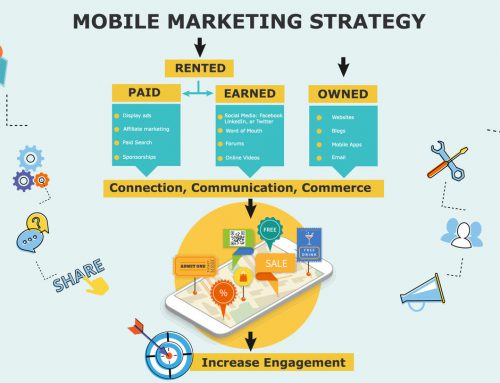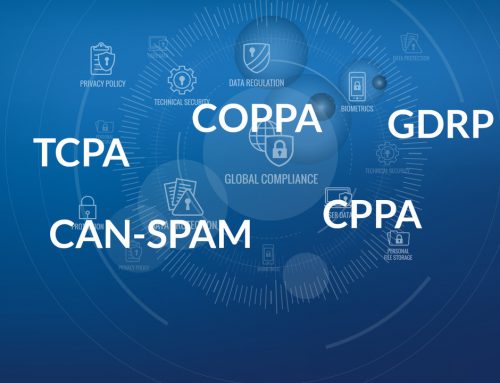Information systems are a necessity in many companies today. They allow a company to operate more efficiently and process information needed to ensure continued success.
“Information system, an integrated set of components for collecting, storing, and processing data and for providing information, knowledge, and digital products. Business firms and other organizations rely on information systems to carry out and manage their operations, interact with their customers and suppliers, and compete in the marketplace. Information systems are used to run interorganizational supply chains and electronic markets” (Zwass, 2018).
A good of example of an information system that links a company is Wal-Mart. It has streamlined their processes increasing their organizational performance by leaps and bounds. Wal-Mart’s inventory management model has made it a force to be reckoned with in the retail industry “Walmart’s success in managing its inventory is partly due to the effective implementation of the vendor-managed inventory model. In this model, suppliers access data from Walmart’s information system, such as data on current inventory levels and the rate at which certain goods are sold. Suppliers decide when to send additional goods to Walmart, while the company monitors and control the actual transit of goods from warehouses to the stores” (Greenspan, 2017).
Suppliers are able to directly access information about inventory and keep the supply inventory managed, Wal-Mart, keeps costs low by not needing extra help to monitor inventory and consumers benefit by always having products they need at a low price. Infrastructure networking onsite and remotely allows all systems to talk to one another. So, communication is easily attained between users, processes, applications and services. In a constant effort to improve and streamline Wal-Mart continues to innovate.
“Walmart now requires large suppliers to deliver full orders within a specified delivery window 85% of the time, up from a 75% threshold, or be fined 3% of the cost of goods, Bratspies told Reuters. For smaller suppliers the delivery threshold will rise to 50%, up from 33%, with the change expected to take effect in April. Last year, Walmart told suppliers that they would eventually be required to deliver within a particular time period 95% of the time or incur a fine. Dubbing the program, “On Time, In Full,” the retailer forecasted it could generate $1 billion in revenue by improving product availability in stores” (Thau, 2018).
Wal-Mart shows how information systems can be applied successfully, benefit consumers and increase profitability.
References
Greenspan, Roberta. (March 25, 2017) Panmore Institute. Retrieved from: http://panmore.com/walmart-inventory-management
Zwass, Vladimir. (2018) Information System. Encyclopedia Britannica. Retrieved from: https://www.britannica.com/topic/information-system
Thau, Barbara. (Jan 30, 2018). Walmart’s Supplier Mandate: Replenish Shelves Faster, And We’ll Turn Over Customer Data. Forbes. Retrieved from: https://www.forbes.com/sites/barbarathau/2018/01/30/walmarts-supplier-mandate-replenish-shelves-faster-and-well-turn-over-customer-data/#60e96c0d6cfc





